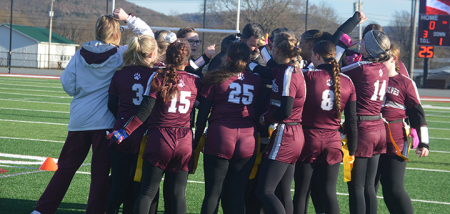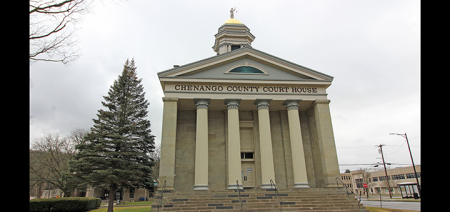How Safe Do Students Feel?
Published:
November 14th, 2006
By:
Michael McGuire
According to junior Tameka Wilsey, there’s no reason why Norwich High School shouldn’t be a safe place to learn.
“They have enough rules to make it safe,” said Wilsey. “(Robert) Loomis and (Thomas) LoPiccalo (the school’s hall monitors) are always on top of things, that’s for sure.”
Staying on top of student behavior, and taking an active role in understanding their problems is the key to maintaining a safe school, said Dr. Ted Feinberg, an expert with the National Association of School Psychologists in Washington D.C., during a phone interview with The Evening Sun. “They (teachers, administrators, and parents) need to be vigilant and pay attention to signs and signals that things are brewing that may have tragic implications,” said Feinberg.
Since the early 1990s, school violence has had far-reaching impacts across the country, indiscriminately finding its way into urban, suburban, and rural communities alike. While horrific and high-profile incidents such as the Columbine High School shooting, and the more recent murders in Bailey, Colo. and Quarryville, Pa. by adult intruders have been widely scrutinized, fears of similar incidents occurring locally do not seem to be at the forefront of students’ overall concerns.
When asked if the recent attacks had any effect on how she views her school’s environment, Kristi Irwin, a freshman at Sherburne-Earlville High School, responded, “not really.”
The Evening Sun
Continue reading your article with a Premium Evesun Membership
View Membership Options
Author: Michael McGuire - More From This Author
Comments








